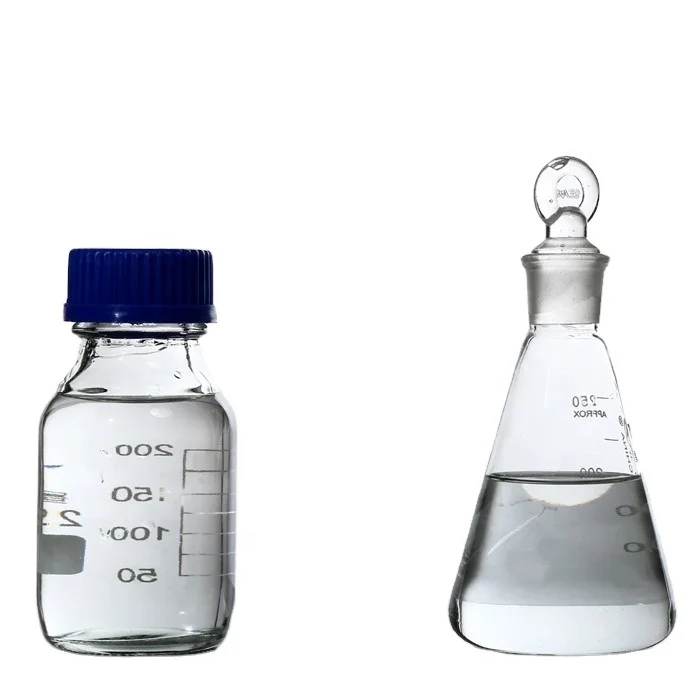Hydrazine hydrate emergency treatment methods
1. Emergency treatment of hydrazine hydrate leakage
Evacuate personnel in the leaked contaminated area to a safe area and prohibit unrelated personnel from entering the contaminated area. It is recommended that emergency responders wear self-contained breathing apparatus and chemical protective clothing. Do not come into direct contact with the leakage, and plug the leakage when it is safe to do so. Spray water to reduce evaporation. Use a dry ice carbon dioxide fire extinguisher or mix and absorb it with sand, soil or other non-flammable adsorbents, then collect and transport it to a waste disposal site for disposal. You can also rinse with large amounts of water and put the diluted wash water into the wastewater system. If there is a large amount of leakage, use dikes to contain it, then collect, transfer, recycle or dispose of it after harmless treatment.
2. Protective measures against hydrazinium hydroxide
Respiratory protection: A gas mask should be worn when exposed to vapors or fumes. Wear self-contained breathing apparatus during emergency rescue or escape.
Eye protection: Wear chemical safety glasses.
Protective clothing: Wear overalls (made of anti-corrosion materials).
Hand protection: Wear rubber gloves.
Others: After work, shower and change clothes. Store poison-contaminated clothing separately and launder before use. Pay attention to personal hygiene.
3. First aid measures for hydrazine monohydrate
Skin contact: Take off contaminated clothing immediately and rinse thoroughly with running water.
Eye contact: Immediately lift eyelids and flush with running water or saline for at least 15 minutes. Seek medical attention.
Ingestion: If swallowed by mistake, give milk or egg white. Get medical attention immediately.
